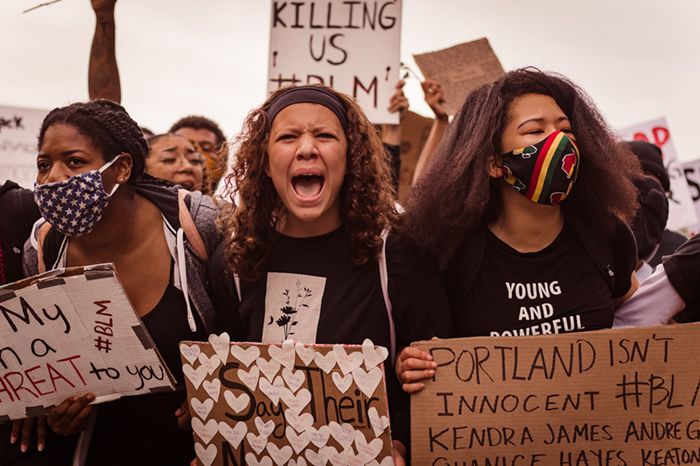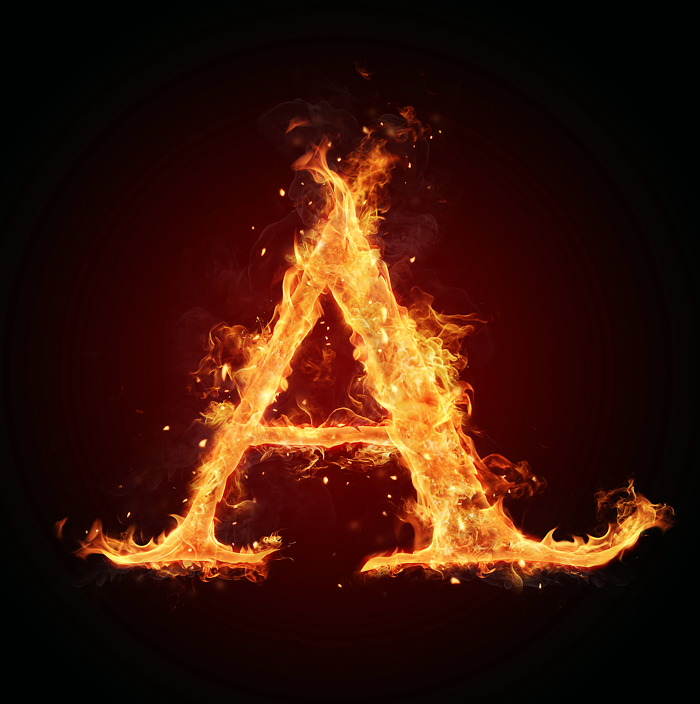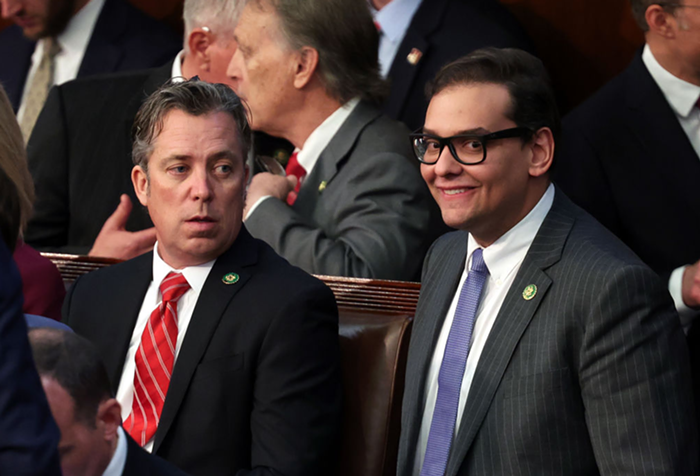MAYBE YOU'VE SEEN the charming mural on North Williams: turquoise and yellow and illustrated with plants, it bears the script "Plants Around Us." Created by Ghost Tide, an artist collaborative, it's an ode to urban foraging—and appropriately enough, the small building it's painted on is home to Signal Fire, a program that bridges environmental awareness and art by hosting artist residencies on public land.
Activist Amy Harwood and artist Ryan Pierce founded Signal Fire in 2008; it became a full-time endeavor in 2012. This past March, Signal Fire's annual Outpost Residency brought eight artists from around the country to Arizona's Sonoran Desert, about four miles from the Mexican border. The artists spent a week living in canvas wall tents. ("It's kind of like glamping," Harwood jokes.) The residency provided each artist with food, maps, cots, and a desk, as well as information about the area and its history.
"You hear a lot about the experience of migrants coming over from Mexico," says Harwood, "but you don't actually hear about the landscapes they're traveling through. You have border patrol everywhere—there's drones, planes, this constant presence of these officials who have no interest in preserving those areas. The impact on the desert is significant."
The results of this year's Outpost Residency are on display at the PDX Contemporary's Window Project through August. There's work from eight artists, and, not surprisingly, a lot of it addresses immigration issues; it's a combination of found objects, created objects, and objects in between. Images of the artists' tents are posted on the sides of the wall (multimedia artist Allison Lacher bedazzled her tent with giant hearts). There's a piñata that looks like a border patrol agent (by artist Jodi Darby), cow bones, a horseshoe, a backpack, broken dishware, found family photos. The most curious and enticing piece is by Eugene-based artist Carla Bengtson: a woman runs around naked in the desert, doing push-ups—she's imitating the communication movements of a lizard. This scene is a video projected on a rock; it takes a minute to register that it's a projection, and not just a weird reflection or glint from the windowpane. It takes a minute to register the work in the show overall, in fact: None of the pieces are captioned with the artists' names, and the show includes fragments from different artists and different periods in time. One overarching theme, though, are the scraps of weathered objects, which convey the sense of a brutal and neglected landscape.
In addition to the current show, Signal Fire has experienced a variety of milestones recently. In June they celebrated the release of their annual publication Leaf Litter, featuring writing and artwork from Signal Fire alumni along with comics, poetry and photography. Their work is showing this month in Seattle at the Henry Art Gallery, and last year Marylhurst University's Art Gym hosted a five-year retrospective that included 13 of Signal Fire's past artists. The organization has several trips remaining this year (they also lead college students on trips for school credit).
To talk with the co-founders feels like a creative call to action in itself. "One of the important things to us is to end the trips in a way that the artists have a revelation: 'Oh, I could just go do this. I don't need to wait for a wealthy benefactor to give me the nice house in the country; I could just go backpacking,'" says Harwood. Pierce adds, "We own it, you own it, let's learn how easy and affordable it is to be out here and to defend it."













